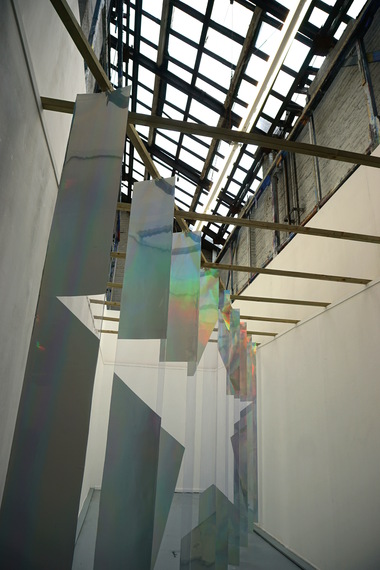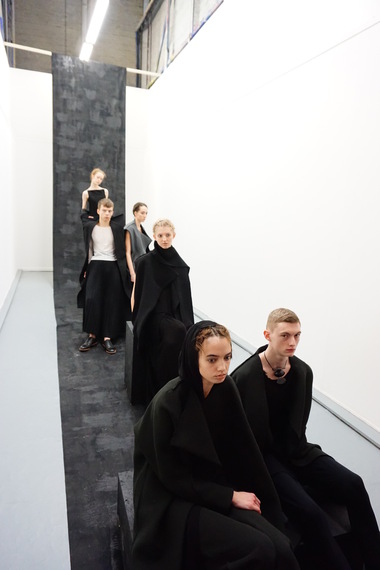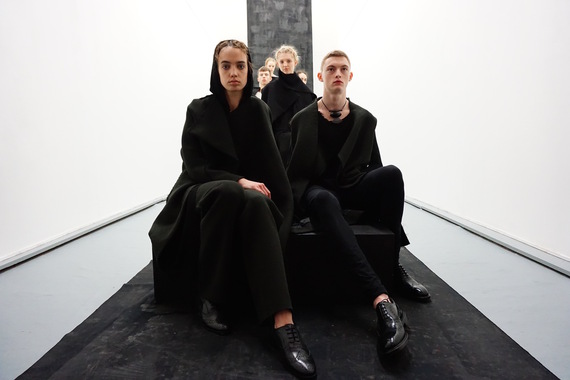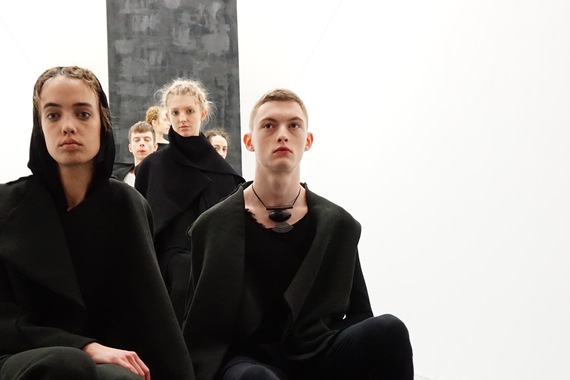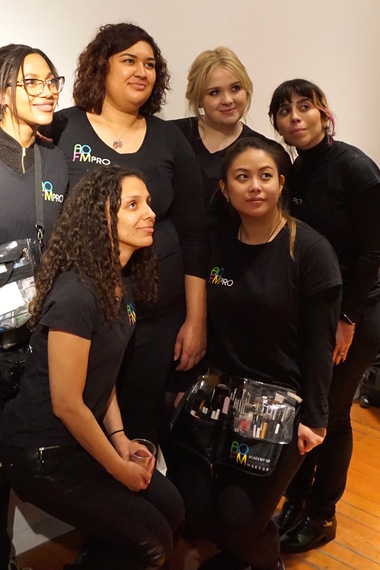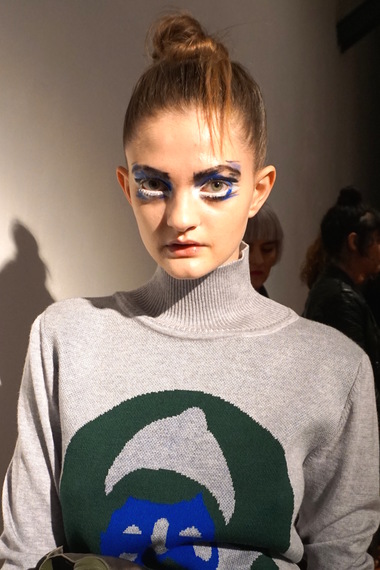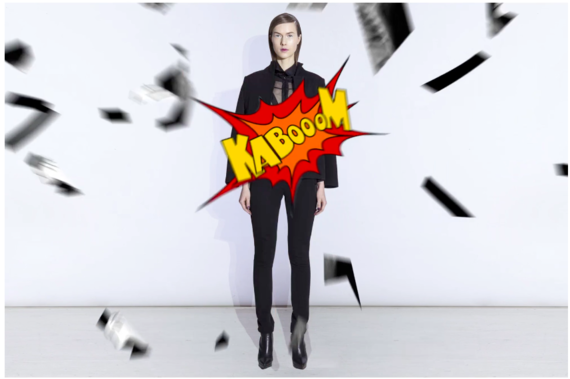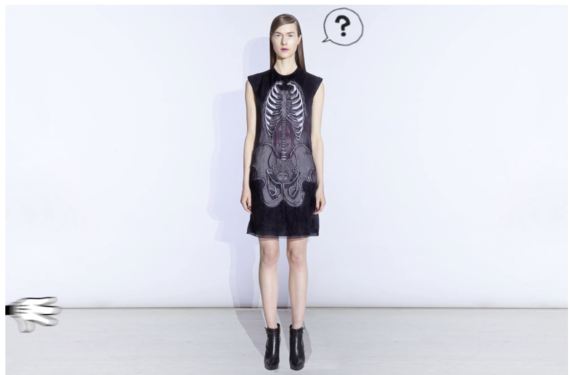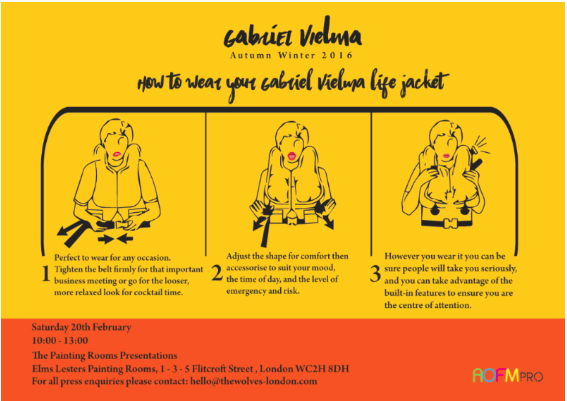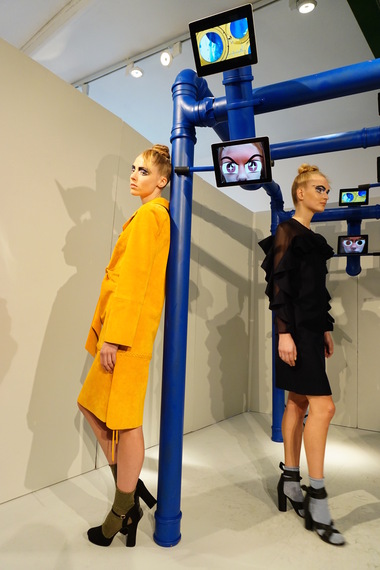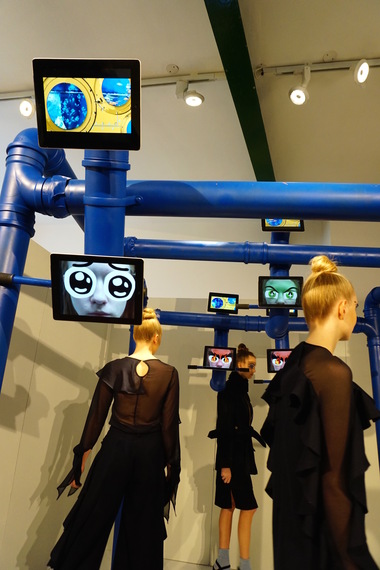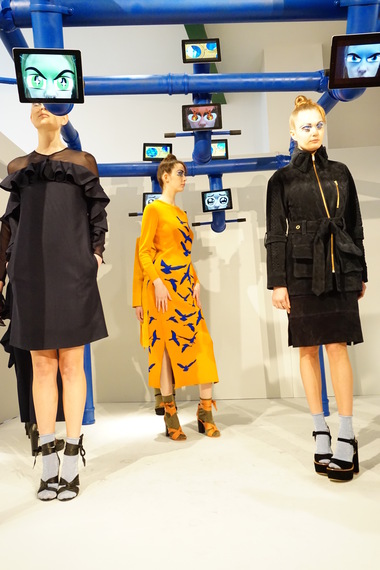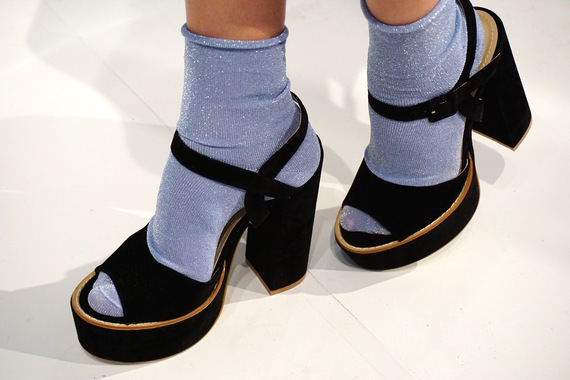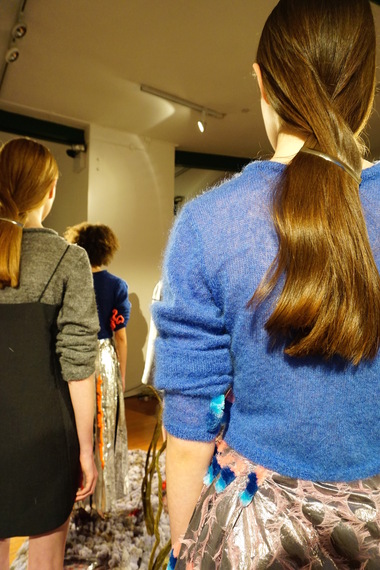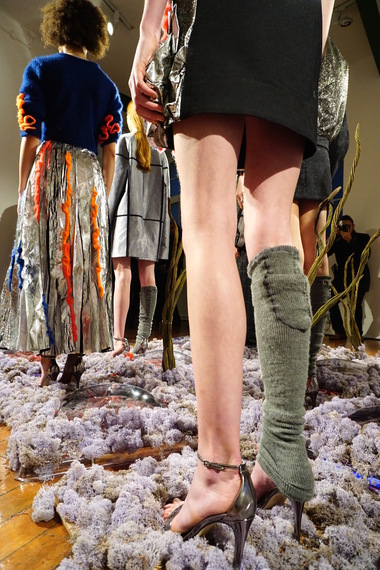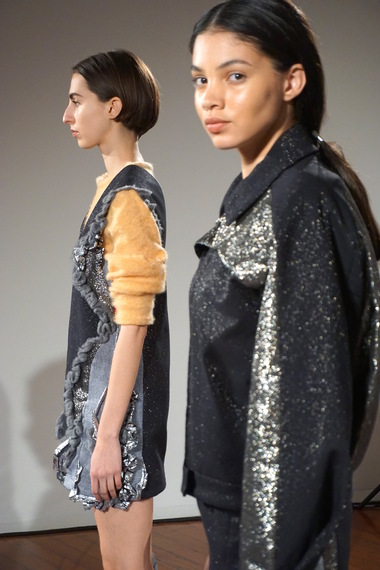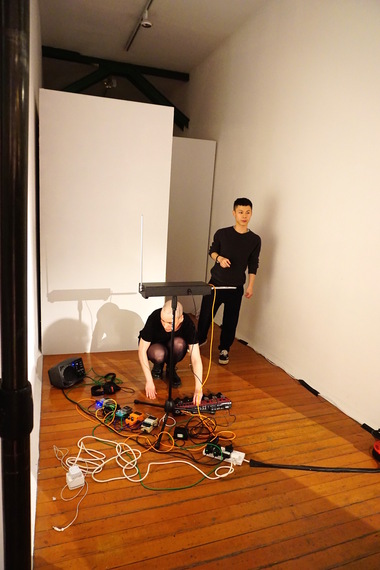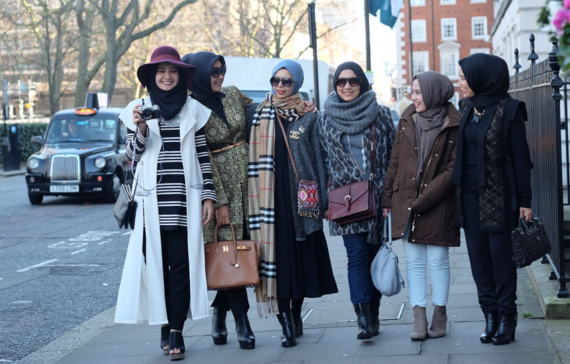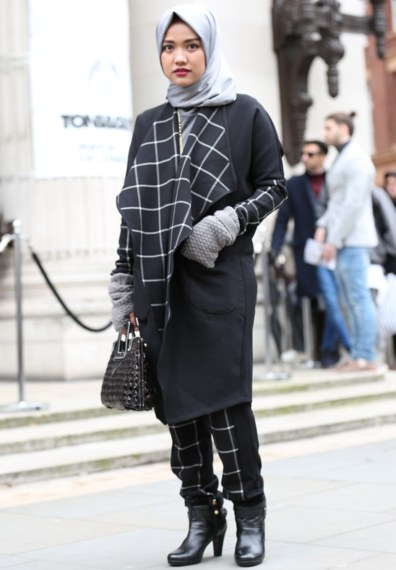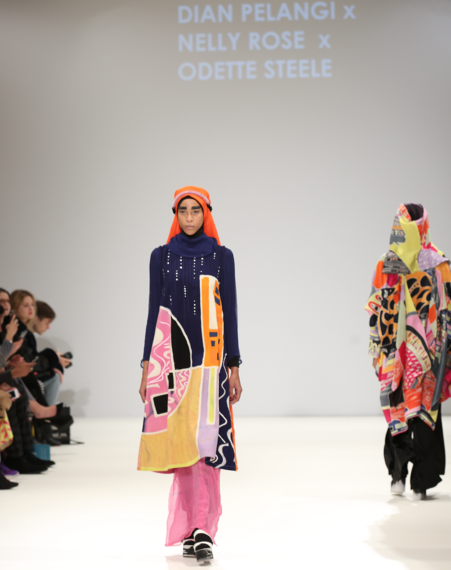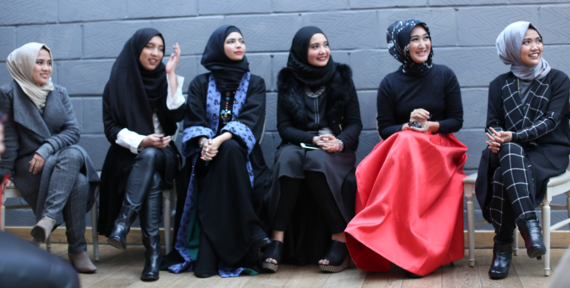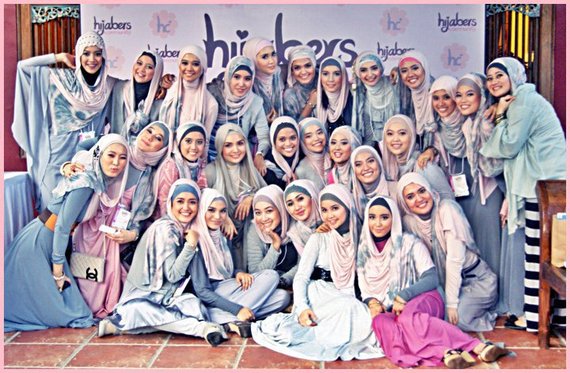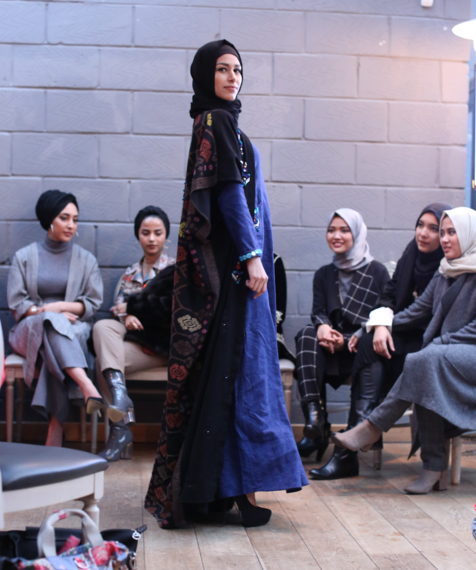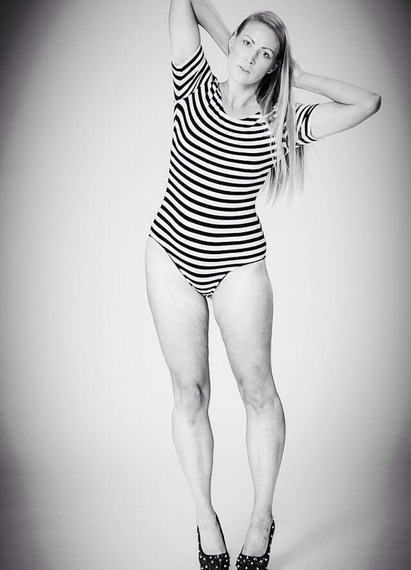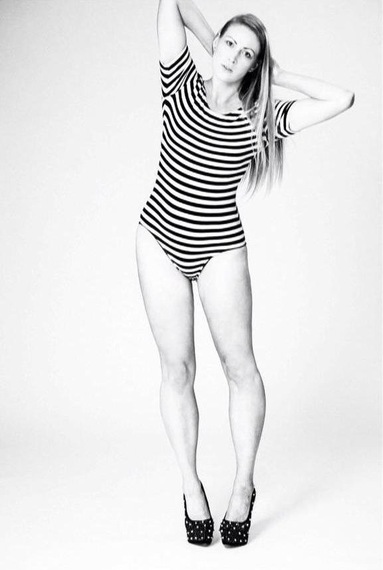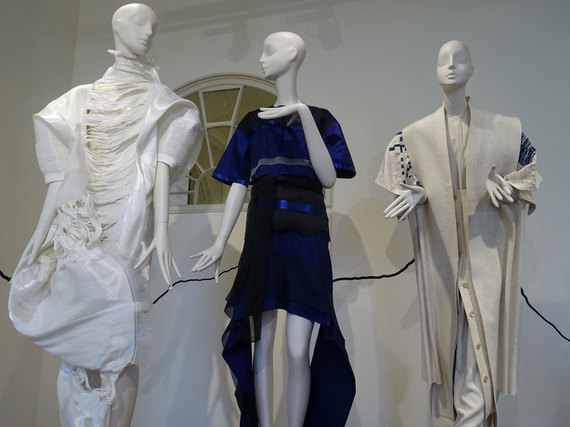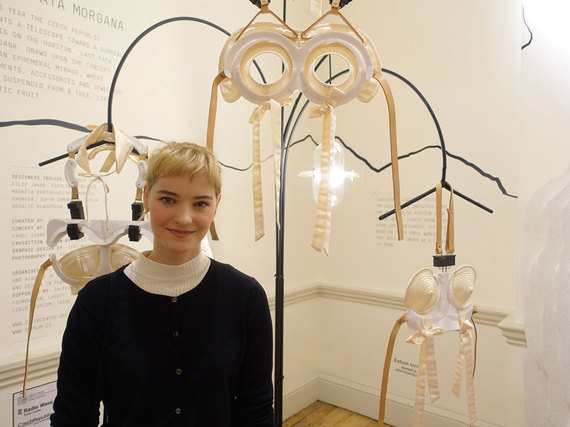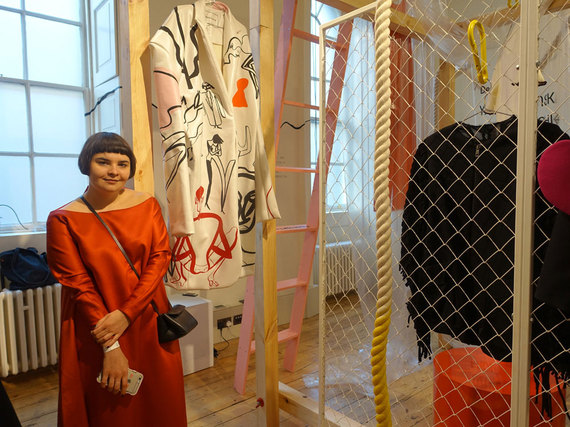At 10 years I remember wrapping a t-shirt around my head pretending it was straight hair... I wished it were real! I already thought my natural hair was ugly, and since I was 14 I felt I HAD to have my hair relaxed. After watching the film 'Good Hair', in 2012, I became inspired to embrace my natural hair, seeing how much damage constant relaxing had done to it. I started wearing it in public, and have learnt how to care for it by watching emerging 'Team Natural' Youtube vloggers. The truth is I never liked my natural hair because I never learnt how to, in depth, care for it! In recent news American WNCT News anchor Angela Green posted a video on her Facebook page where she advises her intern, 19 Yr. old, Madison to straighten her hair for an upcoming production. Angela also poses an open question in the video title:
Natural hair or nah? Professional advice for one of our interns. Weigh in? #naturalhair #yolo #professionalism #bighairdontcare
Angela explained that in her opinion 'straight hair is what is most acceptable in today's broadcast standards', based on her own experiences and her desire to appease her bosses. After embracing my natural hair, and then reading this story I was deeply saddened - sad that such a bad view of natural black hair was so openly admitted and adhered to by such successful black role models. In a new episode of That's Your Opinion I went out and asked the UK public if they feel the same as Angela - Is natural black hair unprofessional?
Could the answer to black women finally being able to feel self-confident and educated on how to care for their hair type come from Social Media? In 2009 and with the gaining popularity of social media sites, a few 'Naturalista' black women who decided to wear their hair in its natural state emerged by way of blogs, and then Youtube videos. These became Haircare teaching aids for black women, even showing us how to make our own hair products. This led some bloggers to launch their own beauty lines especially for natural hair.
In 2010 Chris Rock released his film 'Good Hair', challenging American black women to reconsider constantly chemically straightening theirs and their children's hair. In 'Good Hair' he is quoted as saying that he made this film in order to show his young daughters that their hair is 'Good Hair' even if it's not straight! However the issues surrounding why, globally, black women didn't and don't choose to wear their hair in public stems from deep-rooted self-hatred because of ignorant societal discriminations, and racist propaganda. The misconception that 'black bush people's' hair is unkempt and doesn't grow is a hurtful lie, when in reality ancient African tribes people would spend days creating intricate hair designs. And as for length many tribes' people actually believed it was spiritually harmful to cut their hair!
We all know that in the 1500s Europe slavers were kidnapping African people, but did you know one of the first things they did when they caught their victims was to cut off their hair? That was merely the beginning of a long process of intentionally wiping out African culture and identity - to break their spirit, to make them easier to control. By the 1600's slave handlers were often given guidelines like that of Willie Lynch's 'Let's Make A Slave'. They were taught to dehumanize Africans by way of segregating black from white slaves, and mocking African physical features. In this time African hairstyles could not be retained because women cared more for survival than their vanity; and the knowledge was quickly lost. In the 1800s the slave ships stopped going to Africa and this meant slaves already in America could no longer be worked so hard: their lives were now worth more! So slaves started getting Sunday's off - giving the women time to do their hair for church. Even so unfortunately some high society women believed black women were 'getting ahead of themselves' when white men started showing sexual interest in them because of attention grabbing clothing and hairstyles, therefore they forced black women to dress down and hide their hair actually passing a 'Tignon Law' against them.
The emotional scars and societal effects of this propaganda and history are for me the reason black women feel ashamed of their hair today. And moving on to present day it seems the ignorance and open discrimination against Afro hair is live and in practice, like the story of a young girl told in 2013 that she would be expelled from school for wearing her Afro hair out, and must cut it in order to be allowed back in school. This only happened after the 12 yr. old girl complained to teachers of her classmates racial bullying in the predominantly white school - the teachers blamed her hair for being a distraction. With role models like Angela and a large majority of famous black women opting to conform to straight styles it can feel like things may never change.
But, I believe the Team Natural movement to be a new dawn for black women to heal old wounds. It offers an opportunity to rekindle a love affair with our natural hair, and to regain lost hair care knowledge. This movement is even inspiring girls of other ethnicities, who regularly straighten their hair, to start loving their natural curls too. Whether this is a passing trend or a firm revolution in thinking... in a world obsessed with airbrushing, hair extensions and plastic surgery ... it looks like many of us are longing just to be our natural selves.
So in answer to the question: is Afro hair unprofessional? ... I'll simply say, "It's My Afro Hair & I Don't Care!"
Join in the conversation follow me on Facebook, Twitter and Instagram! Don't forget to SUBSCRIBE for videos weekly and check out my Website!
-- This feed and its contents are the property of The Huffington Post, and use is subject to our terms. It may be used for personal consumption, but may not be distributed on a website.





